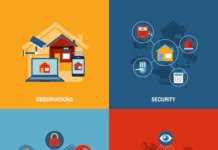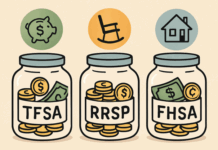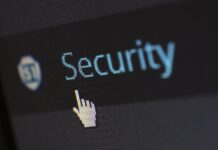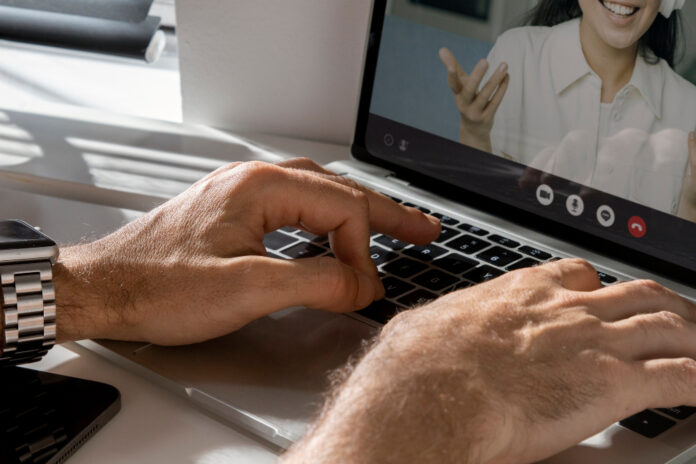Introduction to Liveness Detection
In an increasingly digital world, verifying that a genuine, live person is present during remote authentication has become vital for the safety and security of online services. Liveness detection is a breakthrough technology that enables organizations to go beyond basic biometric checks and confirm, in real time, that the person on the other side of the interaction is not only who they claim to be, but is also physically present. For example, someone attempting to access a secure app could try to use a high-resolution photo or a previously recorded video of another person to bypass security. Liveness detection techniques directly target such fraudulent attempts by requiring real human interaction, using sophisticated computer vision algorithms to differentiate between live faces and deceptive artifacts.
As more services, from banking and healthcare to education and governmental interactions, transition into the digital space, there’s an increase in the risk posed by biometric spoofing. Cybercriminals continue to develop new ways to hack or mimic biometric data using masks, 3D models, or even deepfake technology. Liveness detection, therefore, addresses a critical vulnerability in digital identity verification pipelines. By introducing strong, adaptive algorithms that continuously evolve in response to new attack vectors, liveness detection ensures that individuals and businesses remain one step ahead of fraudsters. Not only does this increase assurance for business operators, but it also enhances customer safety, privacy, and peace of mind in an ever-more complex online environment.
Types of Liveness Detection
Liveness detection methodologies are generally categorized into two primary types, each tailored to specific use cases and user expectations for convenience and security:
Active Liveness Detection
Active liveness detection involves explicit user participation, requiring the individual to perform specific, prompted actions during the biometric capture process. These actions typically include movements such as blinking, smiling, nodding, or slightly turning the head from side to side. By witnessing these actions in real time, the system gains increased confidence that the subject is a living person—capable of spontaneous, human movements—rather than a photograph, digital rendering, or static mask. This approach can be highly robust against common forms of spoofing, especially when the prompts are randomized and not easily predictable.
However, the need to follow prompts may add seconds to the onboarding process, which, while minor, can lead to slight friction or hesitation, especially in environments where users expect speed and ease. Yet, for high-stakes applications—such as banking, government document verification, or enterprise login—this extra step can be invaluable in thwarting increasingly sophisticated fraud attempts.
Passive Liveness Detection
In passive liveness detection, the process is virtually invisible to the user, requiring no explicit participation. Sophisticated algorithms analyze subtle features, such as skin texture, eye reflections, microexpressions, and the way ambient light interacts with the face, to evaluate human presence. Passive techniques can even detect minor facial muscle movements or natural eye saccades—tiny, uncontrollable movements the human eye always makes even when focused.
These background checks operate in real-time during a selfie or video upload, ensuring a seamless user journey. Passive liveness detection is especially advantageous for customer-centric industries that prioritize convenience and smooth digital onboarding. This technology is also well-suited for environments where frequent identity checks occur, such as recurring mobile app logins or ride-sharing driver authentication.
Why Liveness Detection Is Essential
The surge in the adoption of liveness detection is rooted in its ability to protect digital systems against a range of growing threats while facilitating regulatory compliance and user trust. Some of the most compelling reasons for its critical role in modern authentication include:
-
Prevention of Spoofing Attacks:
Modern liveness checks serve as robust barriers against a range of biometric attacks, including those employing photos, printed masks, deepfake videos, or replay attacks. These attacks are becoming increasingly sophisticated and frequent as biometric authentication becomes the norm. As highlighted by Forbes, facial liveness detection plays a crucial role in enhancing biometric systems by verifying that the user is physically present, thereby adding an essential layer of protection against spoofing methods.
-
Compliance with Regulatory Standards:
Across finance, healthcare, and telecommunications, regulations such as Know Your Customer (KYC), Anti-Money Laundering (AML), and the General Data Protection Regulation (GDPR) are imposing strict identity verification requirements. Failure to comply can result in hefty penalties and reputational harm. By integrating liveness detection, organizations fulfill these mandates more reliably, maintaining the highest standards of operational and legal risk mitigation.
-
Enhanced User Trust:
Secure, seamless authentication processes reassure users that their identities and personal information are well protected. This fosters confidence in digital services, helping brands retain and attract customers in increasingly competitive markets.
Ultimately, effective liveness detection stands as a pivotal security layer, preserving the integrity of digital interactions against both conventional and cutting-edge attack scenarios.
The Future of Liveness Detection
As fraudsters and cybercriminals develop increasingly sophisticated illicit tools, such as deepfakes and synthetic avatars, the field of liveness detection continues to evolve. Notable trends that will shape the road ahead include:
-
Multi-Modal Liveness Detection:
The future will see growing adoption of multi-modal approaches, combining facial recognition, voice biometrics, and behavioral cues like device interaction patterns. This synergy creates a formidable defense, making it vastly harder for attackers to spoof all authentication modalities simultaneously.
-
Continuous Liveness Monitoring:
Rather than restricting liveness detection to the initial login or identity verification event, future platforms will monitor user activity throughout entire sessions. This helps detect session hijacking, malware injection, or real-time impersonation.
Researchers and engineers are also exploring explainable AI, adaptive algorithms, and federated learning models to further enhance the robustness and privacy of liveness detection platforms. Interested readers can explore the latest developments and advanced strategies for combating deepfakes and synthetic attacks in this comprehensive article on biometricupdate.com. These advancements not only aim to strengthen security but also ensure ethical transparency in the use and interpretation of biometric data. By making AI decisions more transparent and user-centric, developers can foster greater trust with both organizations and end-users. As the threat landscape evolves, continued innovation in these areas will be essential to staying ahead of increasingly sophisticated spoofing techniques.
Conclusion
Liveness detection is a fundamental requirement for secure, trustworthy digital identity verification in today’s highly interconnected global landscape. As cybercrime evolves in sophistication and ambition, robust liveness technologies allow organizations to deter fraud, comply with international regulations, and protect sensitive user information. With ongoing advancements, liveness detection will become increasingly integral to the security fabric of digital services, enabling businesses and individuals to operate with greater confidence and safety online.
Find a Home-Based Business to Start-Up >>> Hundreds of Business Listings.














































